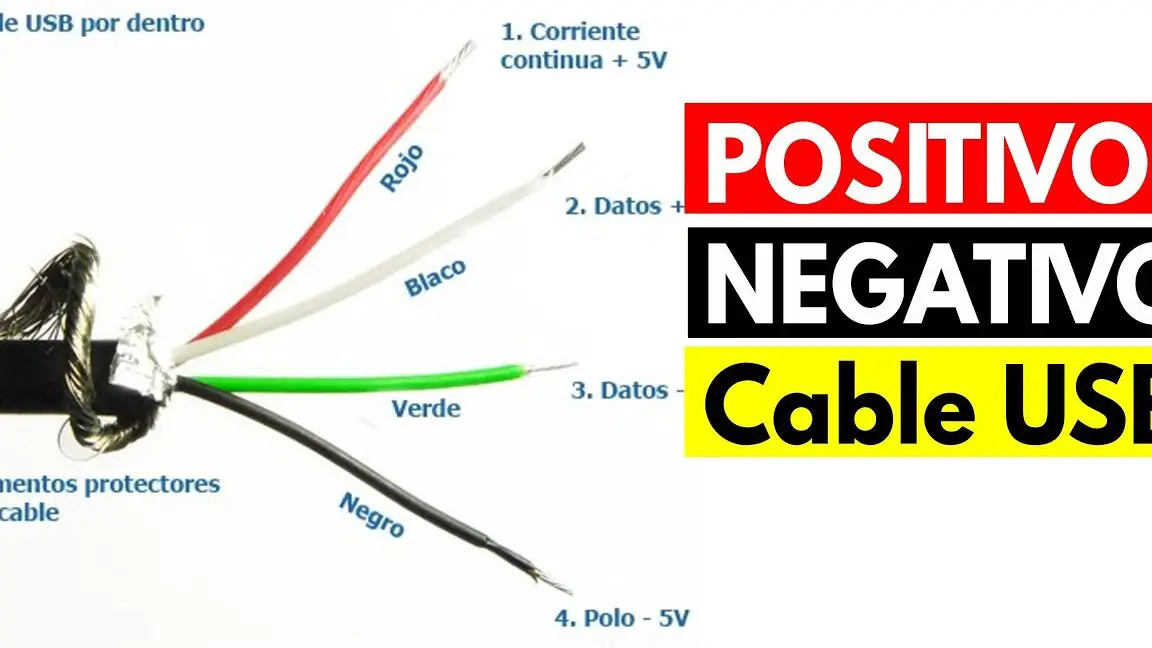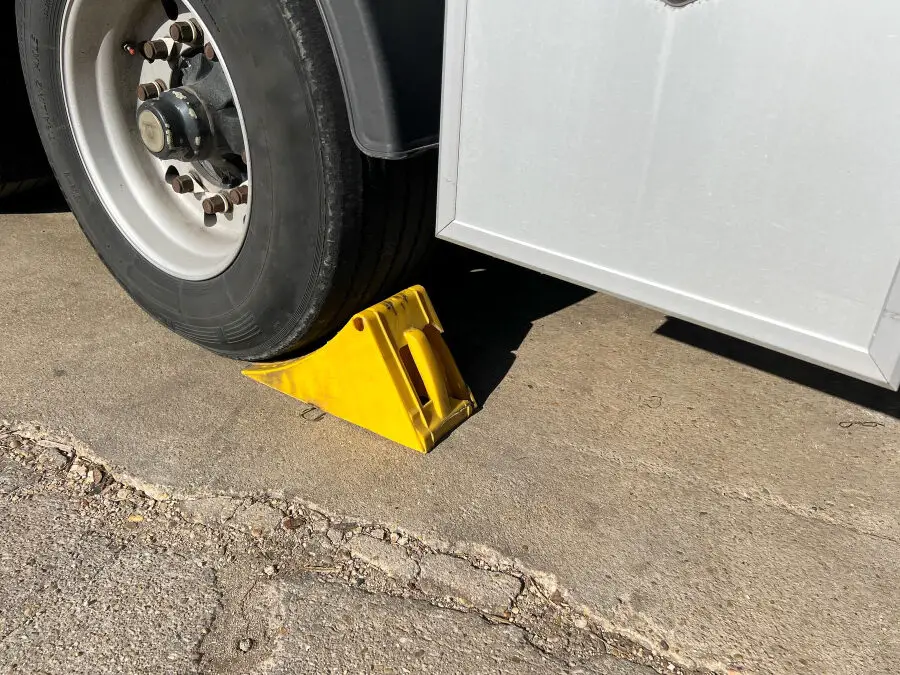Identify the correct polarity in a charger: positive and negative
When charging electronic devices, identifying the correct polarity is crucial to avoid damage. In this article, we will explain in a simple way how to distinguish the positive and negative in a charger. Don't miss this important information to keep your devices safe and working properly!
Advantages and disadvantages of a charger: What you should know
| Advantages | Disadvantages |
|---|---|
| Allows you to charge electronic devices quickly and efficiently. | It can generate excess heat if not used correctly. |
| It is portable and easy to carry. | Some poor quality chargers can damage the battery of the devices. |
| There are chargers with multiple ports that allow you to charge several devices at the same time. | Generic chargers may not be compatible with some devices. |
- It is important to use original chargers or chargers from recognized brands to guarantee the safety of your devices.
- Some chargers have fast charging technology that allows you to recharge the battery in less time.
- It is advisable to disconnect the charger when not in use to avoid unnecessary energy consumption.
Easily identify the positive and negative pole with these simple tips
- It is essential to correctly identify the positive and negative pole when connecting electronic devices to avoid damage.
- TIP 1: In most cases, the positive pole is usually marked with the (+) symbol and the negative pole with the (-) symbol.
- TIP 2: In connectors with cables, it is common for the red wire to be associated with the positive pole and the black wire with the negative pole.
- TIP 3: In batteries, the positive terminal usually has a protrusion or distinctive mark, unlike the negative terminal which is flat.
- TIP 4: Using a multimeter in the continuity function can be of great help in identifying the poles on components without visible marks.
- Always remember check polarity before making any connections to avoid short circuits and damage to the devices.
Easily identify the positive and negative wire on any connection.
To easily identify the positive and negative cable in any connection, it is essential to take into account the following aspect:
- **Cables color:**
In many electrical connections, the positive and negative wires are often coded with specific colors for easy identification. Below is a table with the most common colors and their correspondence with polarity:
| Cable | Positive Color | Negative Color |
|---|---|---|
| Direct Current (DC) | RED | Black |
| Alternating current (AC) | Brown | BLUE |
In addition to the colors, it is important to take into account the **polarity of the connectors**. In some cases, connectors may be marked with symbols such as "+" or "-" to indicate the corresponding polarity.
By correctly identifying the positive and negative wire in a connection, you can prevent damage to devices and ensure safe and efficient operation of the electrical or electronic system. Always remember to check the polarity before making any connection!
And remember, if you make a mistake when identifying the polarity on a charger, you could end up with an explosion worthy of an action movie! So you better pay attention and prevent your device from becoming an electronic bomb. Until next time, electronic detectives!




Post Comment